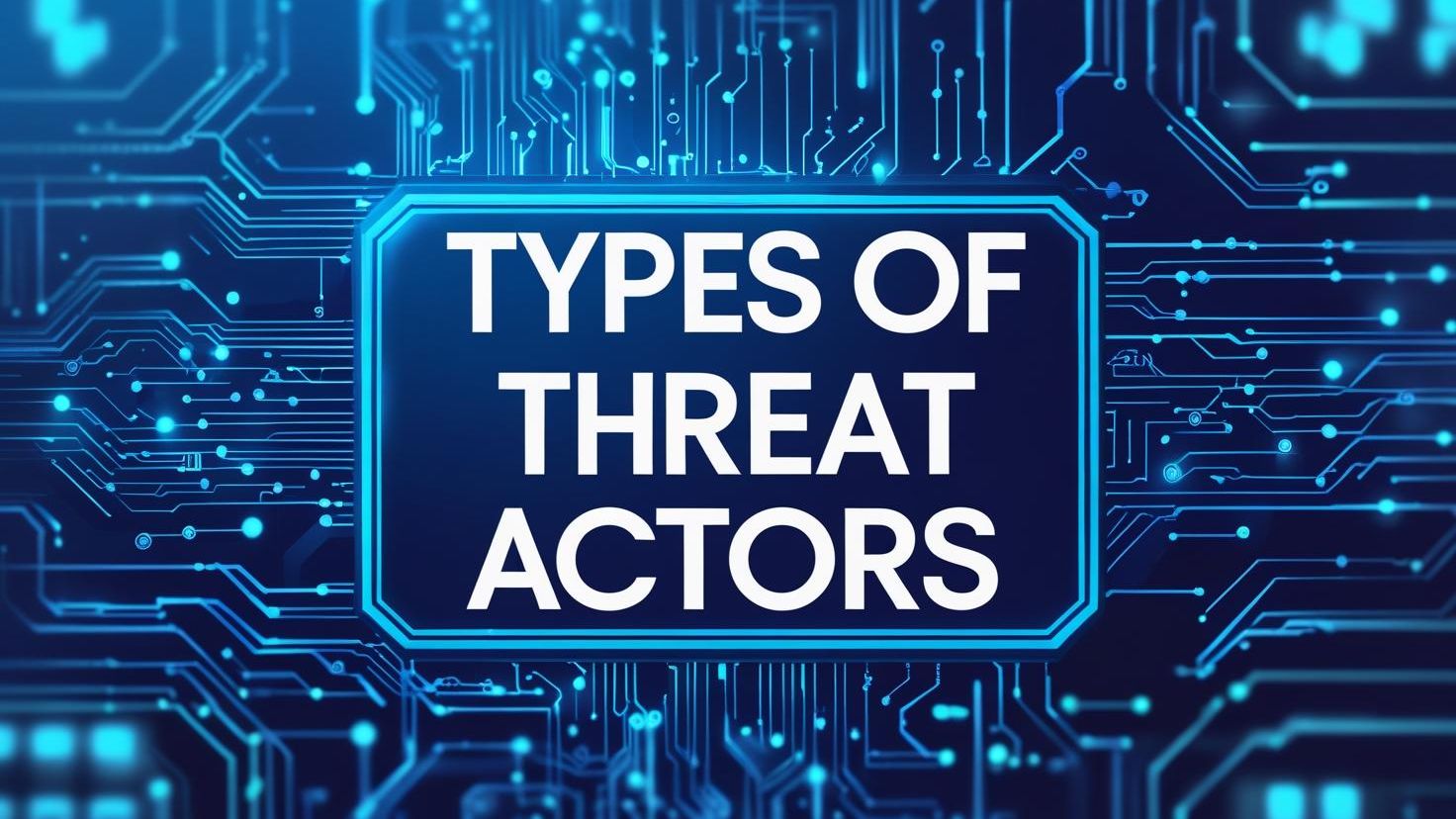Types of Threat Actors in Cybersecurity: Who's Targeting Your Systems?
Jul 29, 2025
Types of Threat Actors in Cybersecurity: Who's Targeting Your Systems?
In cybersecurity, it's not just about what’s being attacked, but who is doing the attacking. Threat actors are individuals or groups that attempt to gain unauthorized access to systems, steal data, or disrupt operations. Their motivations range from financial gain to political activism.
Understanding the different types of threat actors can help organizations identify risks and strengthen their defenses.
Hacktivists
Hacktivists are motivated by political, social, or religious causes. They aim to disrupt organizations or draw attention to their cause, often through website defacement, data leaks, or distributed denial-of-service (DDoS) attacks.
Examples of hacktivist groups:
Anonymous - Targets organizations involved in censorship and corruption.
Lizard Squad - Known for DDoS attacks on video game networks.
APT28 (Fancy Bear) - Though state-sponsored, some of their operations align with political activism.
Nation-State Actors
Backed by governments, these groups conduct cyber espionage, sabotage, or attacks on critical infrastructure. They typically target other nations' defense, technology, and government systems.
Countries often associated with these actors include China, Russia, North Korea, and Iran.
Examples:
Lazarus Group - North Korean group behind attacks like WannaCry.
Axiom - Suspected Chinese group targeting defense and manufacturing.
CopyKittens - Iranian threat actor focused on espionage.
Insider Threats
Insider threats originate from individuals within an organization, including employees or contractors. These threats may be intentional or accidental. Acts can include data theft, sabotage, or clicking malicious links.
Example:
Davis Lu, a former Eaton Corporation employee, created a kill switch that would lock out other users if his account was disabled. Investigators also discovered additional malicious code he had embedded.
For more on prevention strategies, see:
What Is Device Hardening?
Defense in Depth: What It Is and Why You Need It
Criminal Syndicates
These organized groups typically carry out cyberattacks for profit. They may use ransomware, steal financial data, or engage in fraud, phishing, and extortion. Many operate like businesses, offering hacking tools and services to others.
Script Kiddies
Script kiddies are less experienced attackers who rely on publicly available tools and scripts. While they lack deep technical skills, their attacks can still be disruptive if systems are poorly secured.
Final Thoughts
Threat actors vary in motivation, resources, and sophistication, all pose a risk to your digital environment. Recognizing the different types of threat actors is a critical step in assessing your risk and strengthening your cybersecurity posture.
Want to explore hacker motivations further? Read What Are the Three Types of Hackers?
Getting Ready to Take a CompTIA Exam?
Get a FREE cheat sheet that will walk you through the 5 most common mistakes people make when taking a CompTIA exam and how to avoid them.
We hate SPAM. We will never sell your information, for any reason.
